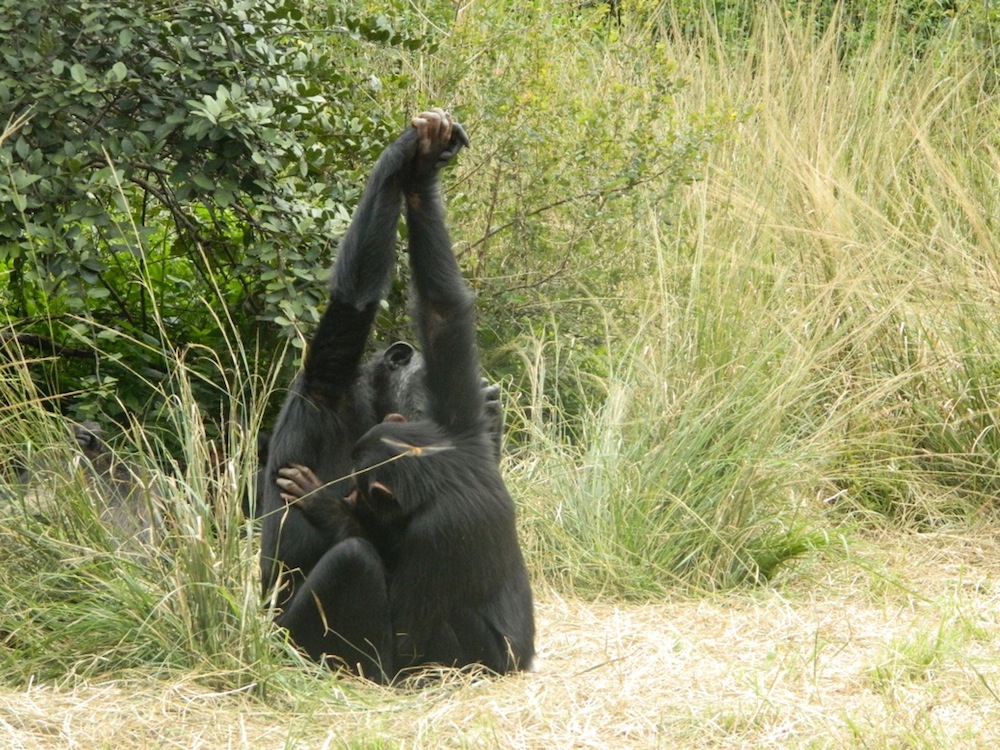When you buy through links on our site , we may earn an affiliate mission . Here ’s how it works .
Almost by definition , species unknown to science are often tough to track down . But researchers seeking out a new specie of primate in northerly Myanmar were secure by locals that the monkey are n’t gruelling to discover at all . You just have to wait for it to rain .
The young species , a antecedently unknown type of snub - nosed monkey dubbedRhinopithecus strykeri , has a nozzle so upturned that the animals sneeze audibly when it rains . To avoid inhale water , the monkeys purportedly seat with their heads pucker between their human knee on drizzly day , according to local huntsman .

A Photoshop reconstruction of the new snub-nosed monkey, based on a Yunnan snub-nosed monkey and a carcass of the newly discovered species.
The breakthrough , report today ( Oct. 26 ) in the American Journal of Primatology , was made by life scientist from the Myanmar Biodiversity and Nature Conservation Association and primatologists from Fauna and Flora International and the People Resources and Biodiversity Foundation .
The research team was working on a survey of gibbons innortheastern Myanmarin former 2010 when villager told them about a monkey with an unexpended nose and prominent lips . base on the descriptions , the researchers suspected the local anaesthetic were seeing snub - nosed monkey , threaten high priest antecedently establish only inChinaand Vietnam .
connive , the squad investigated further , surveying field sites and interviewing local villagers . The monkey were well - have sex in the area , with villagers in 25 of 33 locations report rascal sightings . Several hunters provided skulls and hides from the imp , which have now been placed in museum collections in Switzerland and Myanmar .

After studying the specimens , the researchers realized they had a fresh coinage on their hands . The monkeys are about 21 in ( 55 centimetre ) long from upturned nose to rump , but their 30 - inch ( 78 centimeter ) tails more than double their distance . Their fur is black with white ear tufts . Except for their white moustache , the monkeys ' face are bare and pinkish .
The villagers in the area call the monkeys “ myuk na tok te ” or “ mey nwoah , ” both names meaning " scalawag with an upturned nose , " the investigator spell . The monkeys themselves live in a mountainous area separated from other species by two rivers . Their range is credibly no more than 167 straight miles ( 270 straight kilometer ) , and they in all probability come no more than 330 . That makes the newly discovered scalawag critically jeopardise by International Union for Conservation of Nature ( IUCN ) standards .
The rascal are especially threatened by plan dam building and logging roads in their habitat , the research worker describe .

















